The Death Of Surf Photography
Or, how I learned to stop worrying and love the internet.
Like all aspects of media, surf photography is treading water in a tumultuous sea. The internet has changed everything, and whether you’re a liker or a hater completely depends on what the www’s done to your personal brand. Instagram has killed the surf photo in so many respects. Every time a swell hits a high profile spot with pro surfers in attendance, there’s lenses pointed at it from sun up. Little is missed in modern surfing. But what does this mean to those who have dedicated their lives to the pursuit of capturing one of the world’s most photogenic activities?
These days you can pretty much be a professional anything: Dog walker, dog food taster, there’s even such a thing as a space lawyer – someone who deals in the legal ramifications of planetary real estate that no one’s ever going to inhabit in their own lifetime. But in this, the age of ridiculousness, is surf photography destined to become a former profession? Will it go from having a few hundred professional shooters, to a couple of thousand amateurs who get thrown loose change every time a swell or trip comes along? In order to explore the ever-changing ballad of the professional surf photographer, we’ve consulted representatives from all aspects of the art to answer the question. Is surf photography dead? Come and meet the cast:
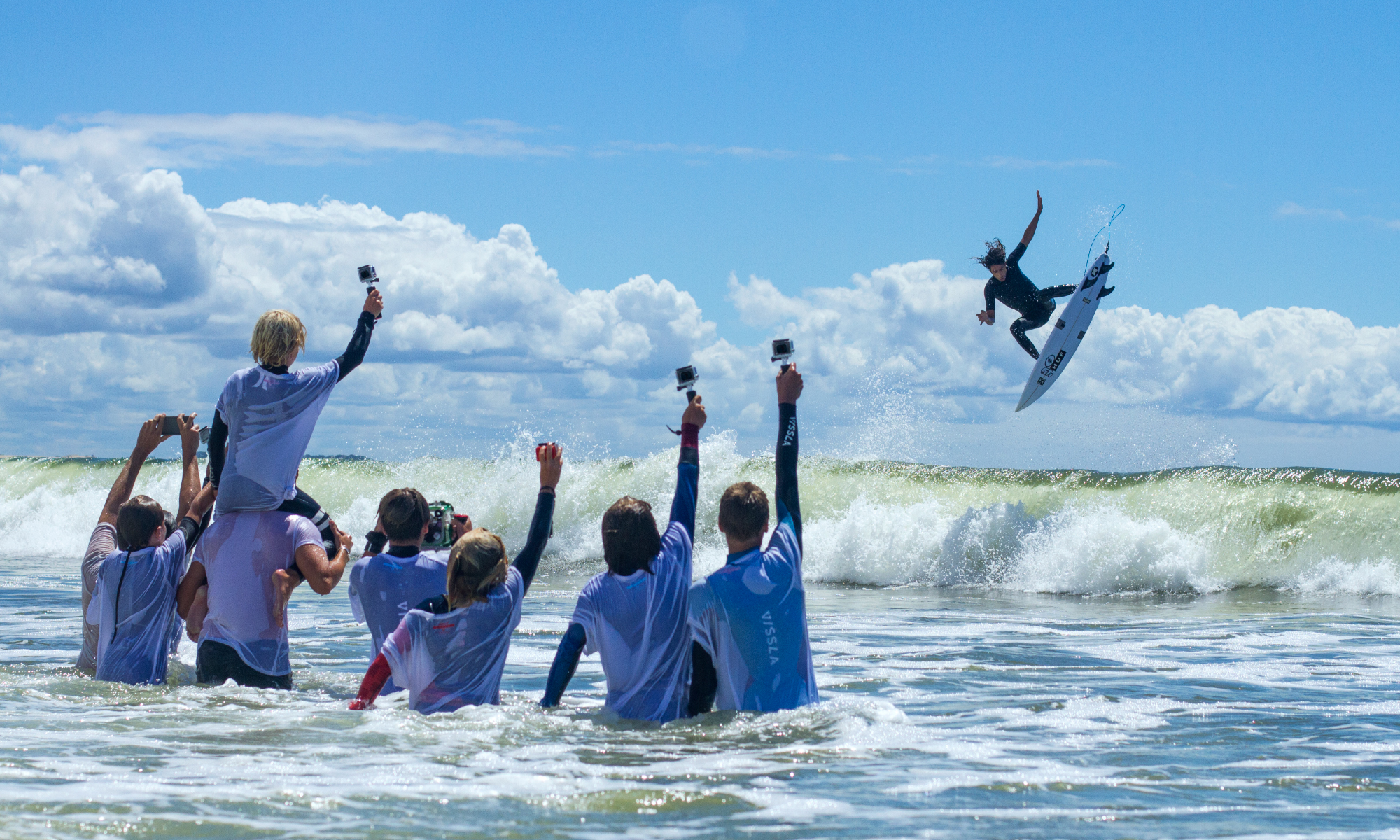
You’d be amazed at how difficult it is to keep a smattering of groms in the one spot. While Craig was waiting for a wave the groms were drifting off, jumping on each other, repeatedly asking what was for lunch. Thankfully, we managed to keep our little troop together for long enough for Matt O’Brien to press the trigger.
The Panel
The Master: Peter Boskovic
You’ve seen Peter ‘Bosko’ Boskovic’s work countless times. A golden subplot in surfing’s visual history and one of Australia’s most respected shooters, the surfing world’s had the pleasure of Bosko’s compositions for 25 years now. Bosko’s biggest strength is access, built on strong visual principles, a classic style and an impressive body of work.
The Chameleon: Ryan Miller
No surf photographer so perfectly adapts to their clients’ needs as Ryan Miller. Miller does it all, and delivers it with the best email game in the biz. When you’re pouring cash into a big project, you need two kinda photogs: A roaming experimentalist, and a workhorse who will not miss a thing. Miller is the latter, and executes like the Terminator.
The Realist: Matt O’Brien
Better known as MOB, Matt was the winner of Stab’s Little Weeds in 2009, an initiative to discover young talent. MOB’s a shining orb of realism and thought-provoking perspective. During the cover shoot, he tried some pulled-back options before swinging in tight with a different lens and nailing the cover image. Fluidity!
The Hustler: Morgan Maassen
Santa Barbaran Morgan Maassen started out as a hobbyist, and in the blink of a shutter, had Kelly Slater, Dane Reynolds, Craig Anderson, Steph Gilmore and more on speed dial. France, Tahiti, Hawaii and Indo stamps frequent his passport pages, and while Morgs’ real charm lies in his fondness of the ever-expanding universe, his work is a true experience.
The Future: Leroy Bellet
Leroy is a 17-year-old from the South Coast of Australia who made an instant name for himself by taking the double-tow POV tube angle over reef. This is some devil may care shit, if ever there was. The tired line of ‘skill beyond his years’, in this case, comes with greatly renewed vigour. Watch this space.
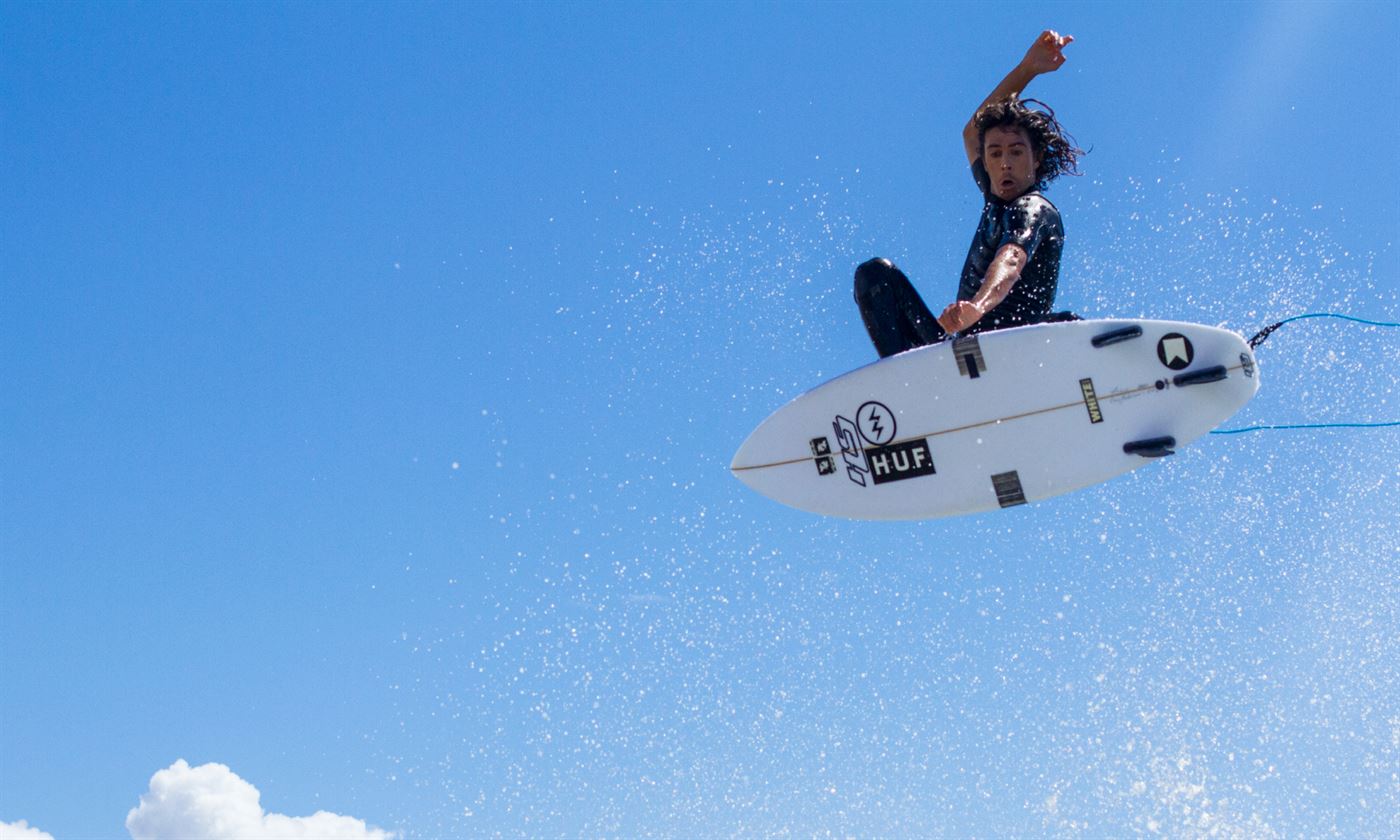
This one really gives the context of how close Craig was to the groms. Thank christ that none of the little fellas got clipped, we’re not sure if the Stab insurance policy covers kidnapped children getting hit by wayward pro surfers.
In The Beginning
Peter Boskovic:
When I first started, the technology wasn’t up to it. Film was a big challenge. You had to make sure your exposure was right, because you don’t have much leeway if it’s too light. You can’t pull the contrast back. But it was exciting too, because when you were shooting film and you had a good day, you couldn’t wait to get it developed. You’d get a roll of 36 and physically look through it. The whole thing was exposure and light. That’s the big difference between then and today. I was the last to switch to digital. I waited, because back then the cameras weren’t up to it yet. It was challenging too, because you had to change everything over from light metres, loops and light boxes, to a computer, harddrives and Photoshop. That’s a massive change for guys like us to reeducate ourselves. It was scary.
Ryan Miller:
Even though I’m an old geezer, and I started off shooting film in school, I don’t think that surf photography was all that different to what it is today. There were still a lot of photographers around. It’s always been like that. It’s a good idea – and something that I’ve always tried to keep in my business plan – to stay fluid at all times. I never wanted to lock myself to one mentality. Like, “I am Ryan Miller, helicopter man, or I’m flash photography man.” That’s typecasting yourself as one type of photographer, and it’s not good for business. I just tried to stay fluid and apply my skills to whatever my clients needed.
Matt O’Brien
When I first started, the best thing I did for myself was the second I had an opportunity to sell a photo, I emailed veteran photog Andrew Shields, and he sent me through a price list. So, for the first photo I ever sold, I was able to get paid the same as those top guys. I was paid US$4,000 for an Analog ad. For me, my introduction into the industry itself with the senior photographers was a good experience, because now those guys like me for not undercutting them. Without guidance from Shields, I would’ve pretty much given that shit away. When you’re new to it, it’s so hard to put a price or value on it. At that point in my career, I would’ve taken a couple of hundred bucks if I hadn’t known better. The first year, I learnt a lot. I was staunch with my rates. I pissed a lot of people off. They thought they were going to get a cheap rate because I was a young guy, but I had those older guys backing me.
Morgan Maassen
I started shooting photos at age 18 in 2008. I was doing graphic design for Shawn Stussy, and saved up for a decent Nikon and water housing, and then a few plane tickets to places I wanted to photograph. This was before social media had exploded, so I constantly updated my website and blog. From age 18 to 20 I shot photos every day and uploaded them constantly. Pretty quickly, the magazines, and subsequently the companies, started reaching out to me to use my photos, so I began to sell them and negotiate to do photo shoots. As I figured out the lay of the land and made inroads to the magazines and companies I wanted to work for, I pieced together the photography landscape I was entering. Whenever I’d bump into established surf photographers, or work with photo editors and marketing directors, they all alluded to the normal ‘right of passage’ style of spending years developing within the surf industry as a young shooter, starting with an apprenticeship at a magazine and making the slow climb up to a retainer/staff photographer, usually over seven-to-15 years. I think I was the harbinger of the new generation – not in an egotistical way, just timing and methodology-wise – as I was constantly told what I was doing was unorthodox and abrasive to the normalcy of the industry.
Leroy Bellet
I don’t do land stuff, it’s boring. I’d rather just surf if I’m going to shoot from land. I first got into it using a GoPro. But, not from a photography perspective – just from surfing and wanting to get barrel footage. Then I wanted to upgrade so I bought a secondhand housing. I worked on all aspects of my photography skills until I knew what I was doing, and then decided I wanted to step it up and do the double tow, to hopefully get some attention and make a name for myself. I’d had spreads in magazines before the double tow stuff, but nothing like the attention that I got after that shot. I’d never had mainstream press, or my email and notifications blowing up the way it was after that. I didn’t want to be that stereotypical 16-year-old kid with a GoPro doing the same old stuff. So I definitely went to great lengths to make what I did different. I invested all the money I earned back into it, and I’ve been training to get fit, and putting all my time and effort into it, just so I’m pushing my own work just that bit further to separate me from everyone else.
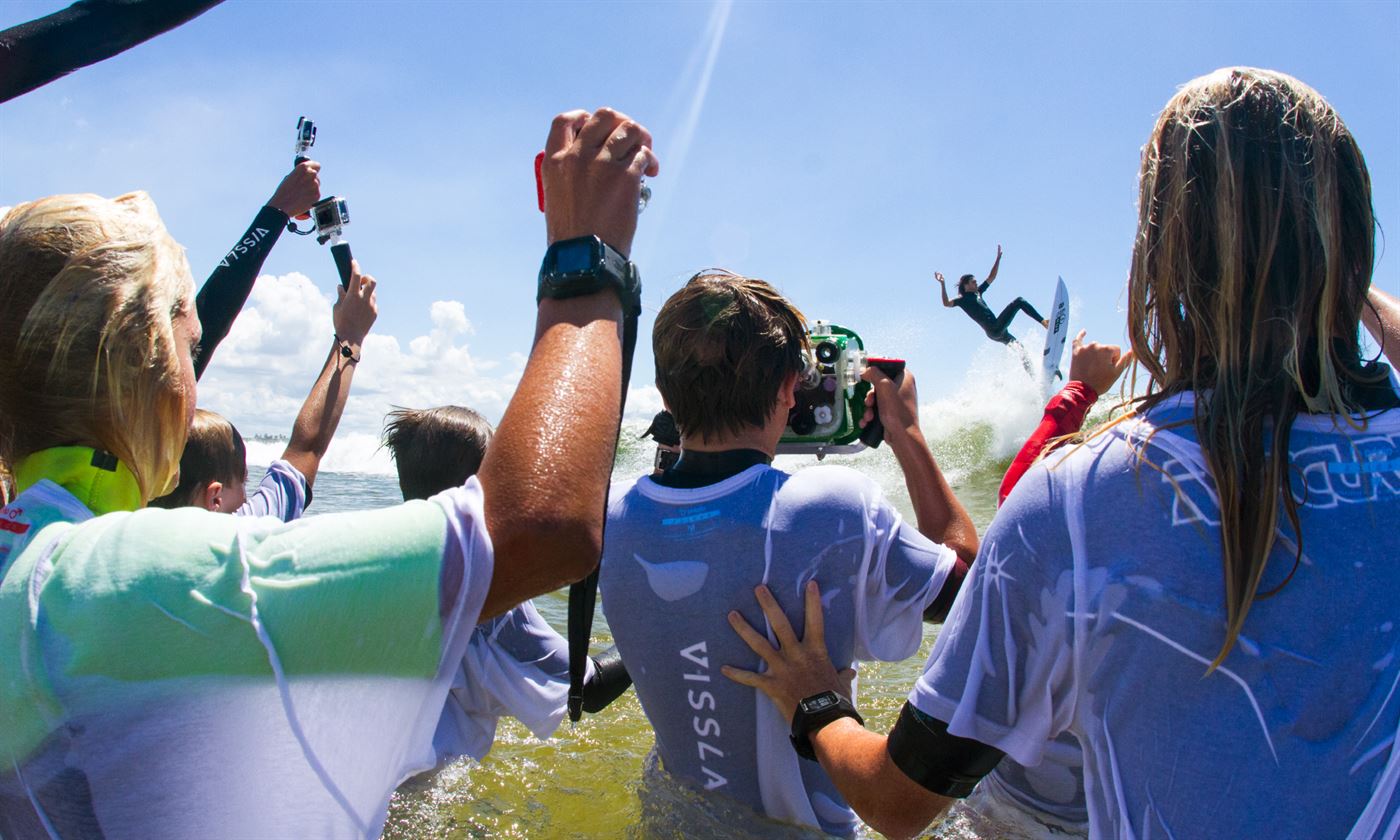
The control that Craig Anderson has over his craft is freakish. He’d whip straight at the groms, and if he was in danger of skittling one of the little guys, he’d bail at the last second – so that we still had time to nail the shot – with the lightest of touches. He’s a feather. A beautiful, charismatic feather.
The State We’re In
Peter Boskovic
Anyone could be a photo-grapher now. There’s not much skill in it anymore. You know how you become an apprentice and you’ve got to do four years in your trade before you’re fully qualified? There’s none of that in surf photography now. People just buy a camera and go, ‘I’m going to be a surf photographer tomorrow.’ For us professional photographers it’s sad because it makes it look like there’s no skill involved. I’ve had to talk to a few parents with kids who think that they want to be surf photographers, and I tell them, “Look, there’s no money in it. If you want to be a photographer then go into fashion or commercial stuff. That’s where you’ll learn about lighting, and working for a client. It’s a profession.”
Ryan Miller
Print rates have stayed the same, with a little inflation. Digital rates have come to a better understanding of what it means to pay for online content. Three to four years ago we were in this time when social media wasn’t new, but it was newly being established as the number one marketing tool for your brand. Before, print ads were first, and the intern handled social media. Now, social, your site and your mobile site are the number one tool of your brand. There was a small time there where everything got really muddy. People didn’t know if they had to pay for photos or if it was a repost, you emailed it to me so I can post it. It was grey. Photographers didn’t know, brands didn’t know, mags didn’t know. I feel like the top end has filtered that out. All the legit brands and magazines and photographers, all have a good understanding of that now. And what it means to get paid for digital content. We’re in a much better place. People are getting paid for digital content and it’s another stream of income for photographers, and a great opportunity for brands to get good content.
It’s easier for me at present because I’ve been in it for longer and have established relationships. But for people who are just getting into the game, the pie is the exact same size, and there’s just more people trying to grab pieces. At some stage there’s going to be 50 people who’re eating really small slices. And it’s going to be hard for them to increase their market share. The brands and the magazines go, ‘Ok, we know exactly what we’re going to get with Ryan Miller, and we’re going to pay for that.’ From my end I know what I need to deliver, and I know that I’m going to get paid. That’s a good relationship, and it’s built on trust. Being able to stay fluid’s worked well for me. Some guys do one type of photography really well. I feel like I do all types of photography really averagely.
Morgan Maassen
GoPros and their respective ecosystem have never really been of interest to me, but I know a couple young kids who I hang out with and admire who were given a GoPro for Christmas or their birthday, and are now on track to be unbelievable photographers. I think that’s pretty badass. It’s a $300 camera! In 2008, I had to set aside $2,500 for a DSLR, $1500 for basic lenses and memory cards, and another $2000 for a waterhousing. And that was me acknowledging that a telephoto would be out of the picture for some time! And I love it when I come across videos on the internet of moments that never could have been captured without the help of GoPro, like a cyclist being hit by a gazelle. What an amazing and small camera…
Matt O’Brien
If you’re not trying to make a career out of it, I can see the value in the immediacy of Instagram and the huge access a kid can get, if you’ve got plans to do something else with that exposure. But then a lot of guys who went down that route and got a shit ton of followers, are now complaining because they’re getting paid such little amounts. They’ve shot themselves in the foot. I might’ve annoyed a few managers, sure, but they all kept buying photos from me, because at the end of the day, they all understood: If you want good work, you have to pay for it.
Now it’s dangerous because with REDs, or even with GoPros, the frames are such high resolution. Like, that RED frame grab of John Florence at Pipeline last year that was on the cover of three magazines. Great as that was, it was sad at the same time that there would’ve been a bunch of photographers who got that shot, all wanting to make that money, and they used a screenshot. It’s good for the filmers to be able to double up though.
Leroy Bellet
I’ve played it by ear when it comes to rates and charging people. And I’m only just now picking up a manager to do all my negotiations from here on out. If I think a shot’s worth something, I just say that and see what people think about it. Sometimes the magazines think I’m trying to rip them off, but one wave and one photograph can break a board, drown a camera, tear my knee, split my head – and it has. There’s definitely a price on my end. So I just want to get reimbursed. You have to set the rate as what you value the photo at, rather than letting others decide or going off industry standards. A lot of the time it is fair and makes sense to have a set rate, but in the modern age you have to push so much more to get that special photo that sometimes it’s worth more than the rate that has been standard for so long.
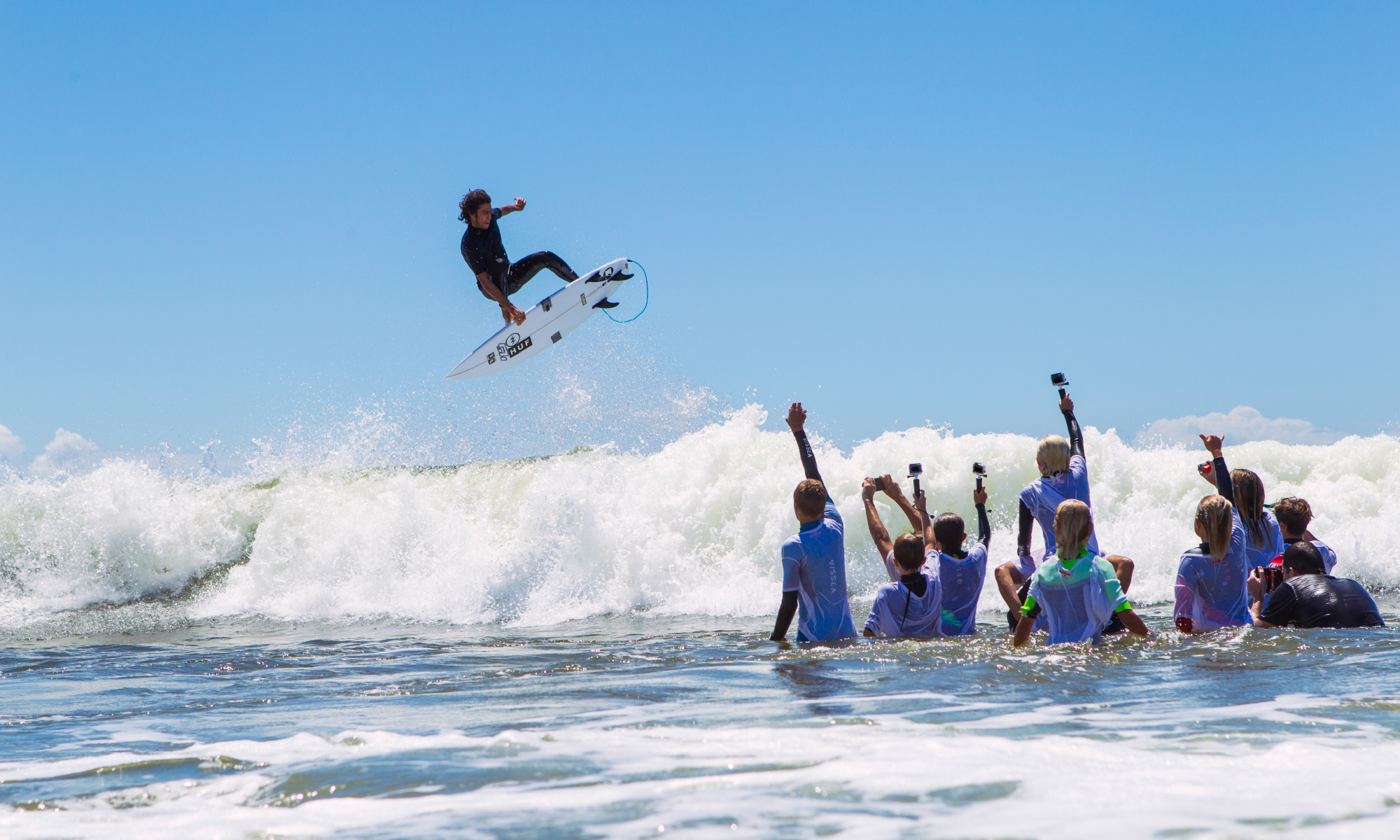
This is the behind the scenes of our little shoot. That’s Matt O’Brien in black, shooting close through the groms. To keep the chaps as close together as possible for a shot like this we literally had to grab them by their matching white shirts and box them in until Craig was ready to spring.
Photography
Photo by Bosko
What’s Really Going Wrong?
Peter Boskovic
It doesn’t worry me if they’re shooting. It’s just when kids get an ego from it and they’ve only taken a few shots. You need to be humble and keep learning and stay gracious. And poaching’s just not on. People spend time and money on organising photographers and convincing surfers to do certain things, and then someone poaches them and it’s on the internet in an hour. All the impact’s gone. The guy gets $40 for the photo. It’s pretty hard.
Ryan Miller
Wow. I think it’s the same as ever. You might get different answers from other photographers depending on bitterness. Now that I have a fair amount of knowledge, I try and not be grumpy and go, “ah, fuck man, this guy ripped me off or undercut me.” I try and befriend those guys and educate them, and ultimately that helps me. I’m going to train up as many young photographers as I can with my business knowledge. I don’t help them with photography, they can figure that out and they’re already good photographers anyway. A lot of the time they get in contact with me. Just last night, someone asked me about social media pricing and I couldn’t be happier to help. Because if they’re not getting ripped off, then it means they’re not undercutting me, and everyone wins. It even helps the brands get better produce. That stuff’s been around forever and it’s not going to go away.
Morgan Maassen
Sure, there are 50 guys with GoPros out at Pipeline, kids giving away photos for free to multi-national corporations, hundreds of people ripping off work or sharing it without credit on social media, but so what? It’s come to where a lot of surf photographers have been able to successfully take their photos to levels no one else ever could.
Matt O’Brien
These kids now have 30k followers, but they’ve only ever had a handful of double page spreads, and never had a legit cover. And then even younger kids are looking at those kids as being successful, when really they’ve just got a big online profile. It’s hard for someone like myself, being used to selling shots at full price. The companies are trying to give you a shout out instead of paying full price for a photo. I turned down the whole social media thing from day one. I was more interested in making money. That’s exactly why I got out of it as a full time thing. Three of the magazines I was regularly working for shut down within 18 months: Waves, Transworld and Surf Europe. I used to sell a lot of stuff to Analog too, and then they went down. Quiksilver, Billabong and the big guys all have photographers on retainers, so I couldn’t sell shots to them.
Then these kids come in who don’t know the rules, and they just fuck everyone over. Like, poaching and shit. That’s a huge one. I remember a few years back, I was shooting Craig for Stab, and there was some kid on the beach, knew that I was shooting, but his shots were on Facebook that afternoon, from a different angle. If we’re there with those guys, don’t shoot them. It’s etiquette. At a place like Snapper it’s a non issue, but if you’re at back beach Cabarita then it’s an issue.
Leroy Bellet
At the moment, I’m not making enough to live off it. I’m working on it. Hopefully I won’t have to go do super commercial work once I finish school. Other genres of photography like portrait and landscape do interest me, but it’s not something that I’d wanna have to milk for a career – I don’t think I’d enjoy that. It might even kill photography for me. After school I definitely want to have at least one gap year and shoot photos, hopefully pick up work with a magazine and do some trips before heading off to uni, or if it does work out well, keeping that going.
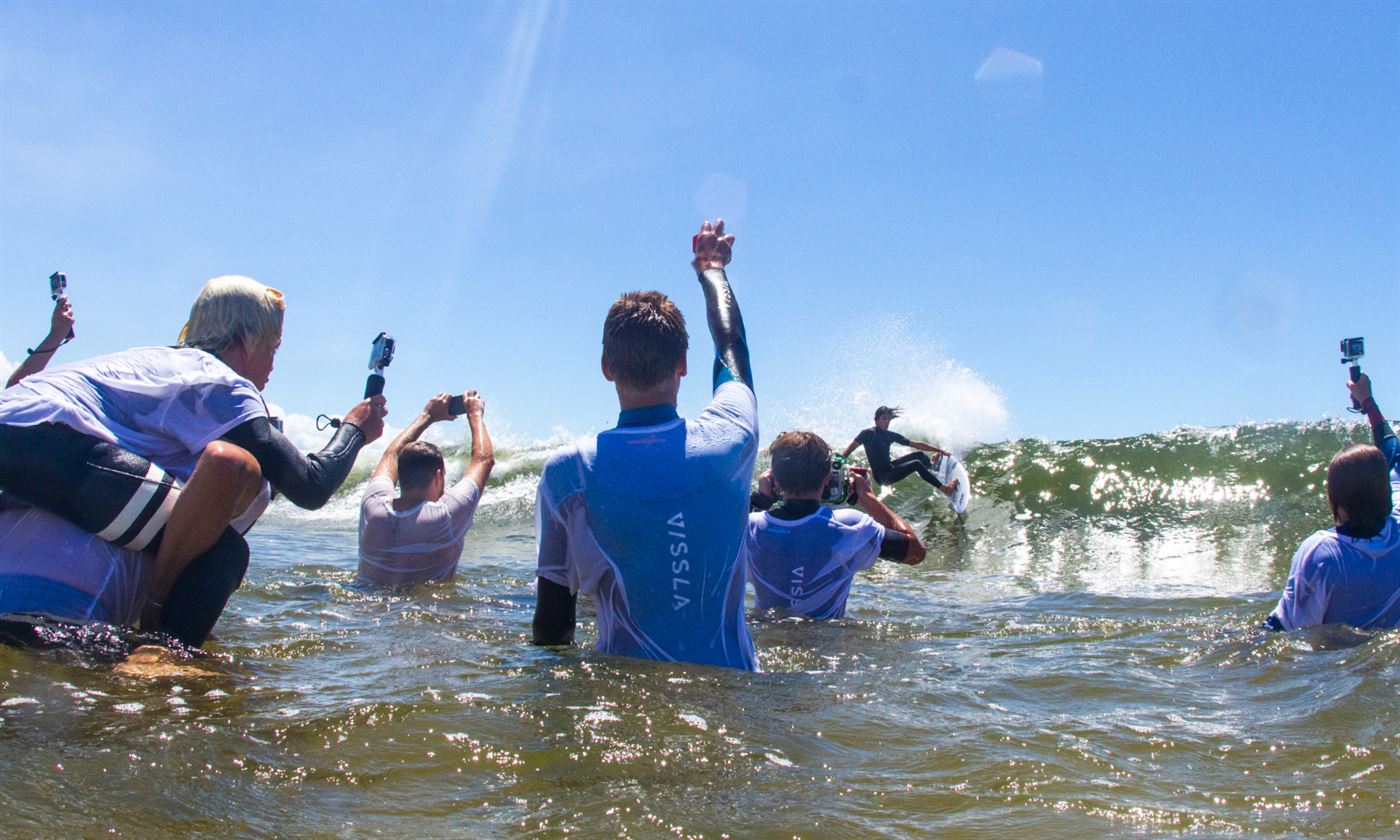
When the section wasn’t suitable for liftoff, Craig wet the rails for a millisecond before bailing and washing through the groms.
Preserving The Art
Peter Boskovic
The guys that can make a living out of it, they’re the ones who are going to be able to preserve the art. Otherwise everyone’s going to fall off the radar and the only thing left will be kids with rich mums and dads who don’t have mortgages who are going to keep buying camera equipment for them because they think that they’re going to be professional photographers one day. A lot of them don’t have a care in the world.
Matt O’Brien
If every surf magazine in the world went digital… fuck. No one pays for online. You can shoot an entire feature and get a few thousand for it in a magazine, but then send it to Surfline and get $500. That’s how it’s heading. Unfortunately the magazines and brands have gotten away with paying next to nothing for online content for so long, that there’s no going back now. When everything moves online, it’s going to be really good for the brands and the websites, but it’s going to be really cooked for the photographers. I’m actually surprised that they’re bringing out cameras with more and more megapixels, the way it’s going, you’d think they’d just be making cameras for online. But I definitely don’t want to discourage young kids from getting into it. I have no idea how much money will be in it anymore, but get into it for the lifestyle. Travel the world, do heaps of cool shit, and don’t take it too seriously.
Leroy Bellet
Where’s it going? I get asked that a bit. I think it’ll go one of two ways. It might go really intense, action-orientated, like the follow cam stuff, bigger and better, and people putting more money into it and pushing harder with everything they do. Or, it could just slowly die out with the social media age and everyone having a GoPro, and it gets to a point where you can’t pick apart the pros from the amateurs. John John and people like that, who are professional athletes and have the money to put back into photo projects like chopper shoots and different camera angles, I guess there’s a lot more you can do there as technology progresses. Maybe the focus should shift onto the surfers, who make money because people point lenses at them, to pay the photographers. I think John John is a big advocate of that, and it’s paid off for him filming with Brain Farm.
Ryan Miller
I’d probably do better. I’m already not that good a photographer, so my photos don’t land in the magazines that much anyway. The only thing I’m good at is emailing. That’s my number one skill, and if everyone goes digital, then I’m going to profit from that. Being fast and good at emailing would help me. I think it’ll stay the same. We’re not that far away from where we were five years ago. It’s just going to be better digital content. When the digital thing came along, the print magazines really stepped their game up. Stab and Surfing magazine, even Surfer magazine, they went far and beyond with the content that they ran. Now I feel like five years from now, all the digital marketing and the social media and all the extensions of the magazines are going to have to be really on point. There’s not going to be that, “Oh, I’ll just post this one and it’ll be fine.” No, no. Every photo, every video, every caption will have to be to be A+. The quality will come up, but I think magazines will stay the same. The audience will get smarter, and they’re not going to stick around if you’re feeding them shit.
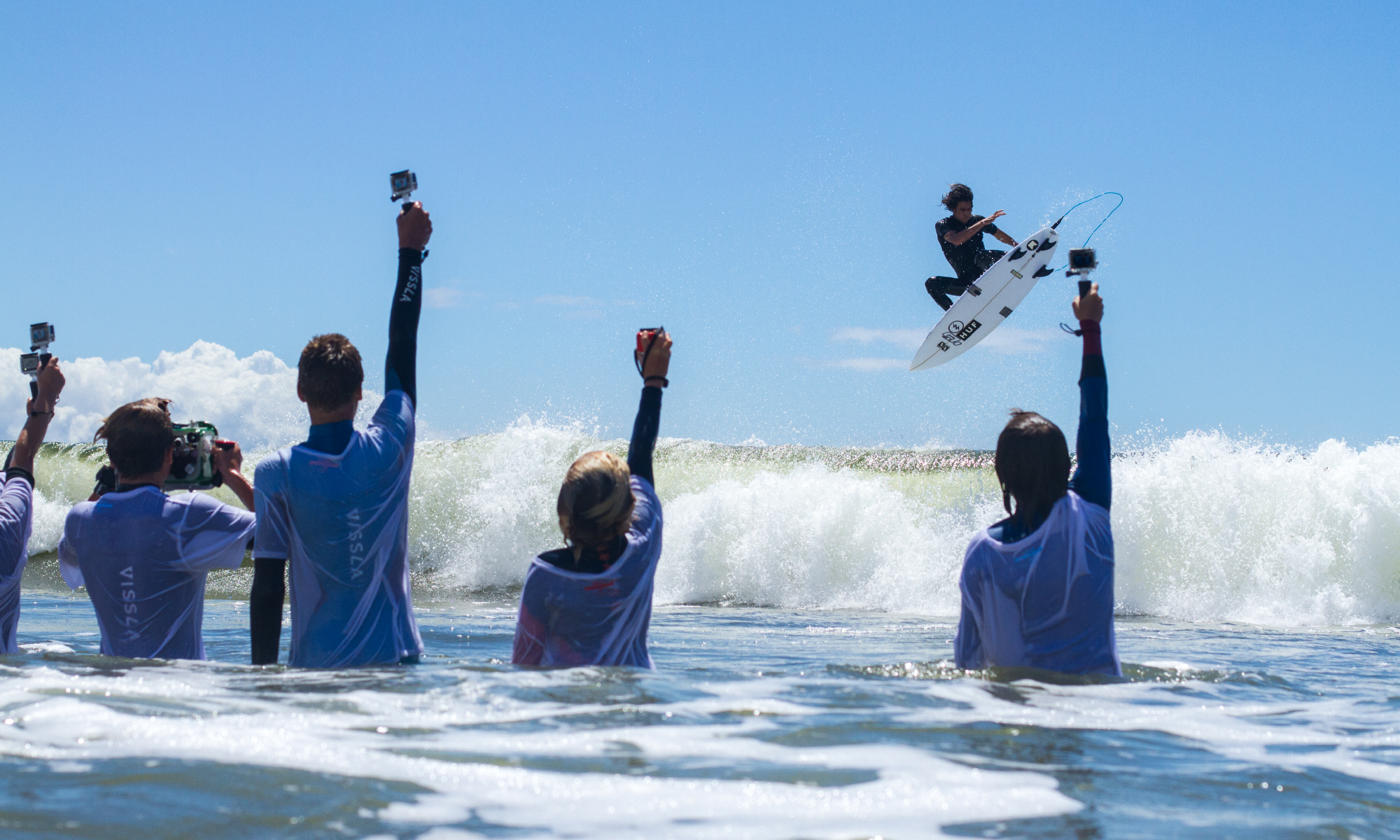
Keeping your wings down in the air is a lot harder than you’d think. Craig Anderson is the master of limb coordination; never a finger out of place.




Comments
Comments are a Stab Premium feature. Gotta join to talk shop.
Already a member? Sign In
Want to join? Sign Up